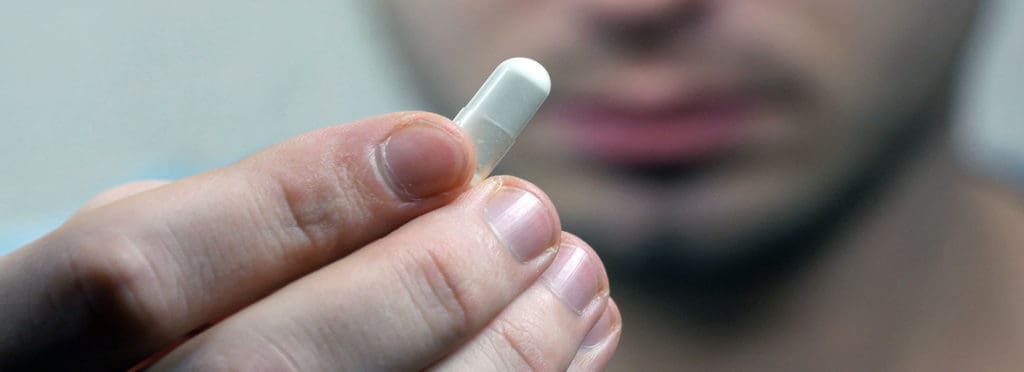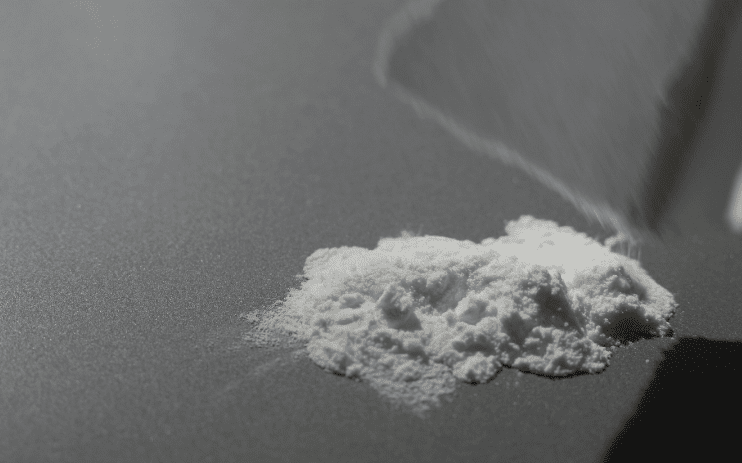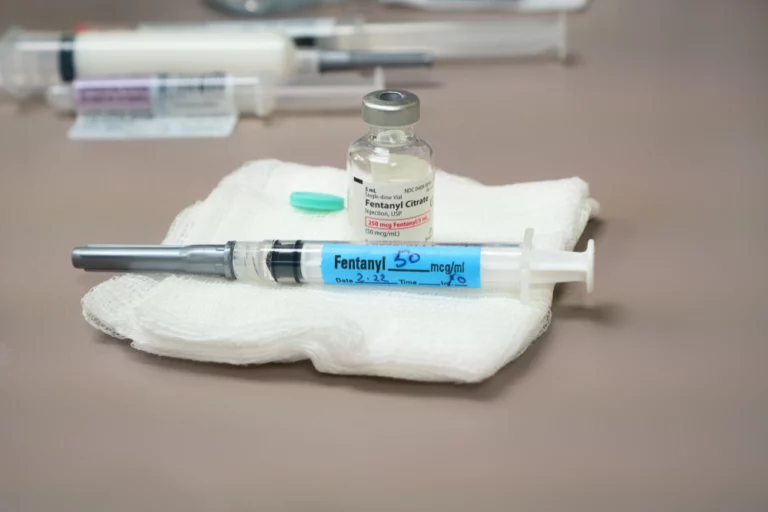Medication-Assisted Treatment Options for Alcoholism
Not everyone is aware that there are medication assisted treatment (MAT) options for alcoholism. It’s important to keep in mind that these treatment options are not a cure for an alcohol use disorder (AUD). Medications are used to help individuals who struggle with alcoholism get their lives back on track. This is similar to the way medications like methadone and suboxone are used for those with opioid addictions.
MAT options allow those with addictions to avoid withdrawal and cravings while they engage in further treatment on the road to recovery. If you or someone you know may benefit from MAT options for alcoholism, Oasis Recovery encourages you to reach out and speak with a specialist about developing a treatment plan that makes the most sense for your particular life circumstances.
Medication Assisted Treatment Options for Alcoholism
Acamprosate
Acamprosate is a medication designed for those in recovery from alcohol addiction. It is advisable for those who are no longer drinking at all and want to avoid drinking. It is typically used in conjunction with a detox treatment plan.
Acamposate works as a prevention method from drinking, however, if someone does drink while taking this medication they will still feel withdrawal symptoms.
Acamprosate is typically not given to those recovering from alcohol abuse until at least five days after they cease use. This medication is most effective after approximately one week or use. It is generally prescribed in the form of a tablet and suggested to be taken three times daily at the same time of day. Side effects can include:
- GI issues
- Loss of appetite
- Anxiety
- Dizziness
- Trouble sleeping

Disulfiram
Disulfiram is a medication that is generally used to treat those who have chronic or long-term alcoholism. It is most effective for those who have already gone through the detox process and have reached a stage of abstinence in their recovery treatment plan.
Disulfiram comes in a tablet form and is typically taken once per day. It is important not to take this medication while under the influence of alcohol or within 12 hours of having alcohol in your system. If someone has ingested any amount of alcohol, disulfiram causes intense unpleasant side effects. The knowledge of this information can be a useful deterrent for those seeking to remain sober.
Common side effects of drinking while taking disulfiram can include:
- Vomiting
- Headaches
- Chest pains
- Difficulty breathing
These effects typically occur within minutes of drinking alcohol while also taking disulfiram. Side effects can occur even if someone ingests only a small amount of alcohol.
Naltrexone
Naltrexone is a medication that blocks the euphoric effects of alcohol. This means that those who are struggling with an alcohol use disorder (AUD) can reduce or cease use of alcohol by continuing to take the medication and undergo treatment. It is also a useful medication for relapse prevention.
Medications Work Better When Combined With Counseling
It is highly recommended that those who use medication-assisted treatment (MAT) engage in mental health counseling at the same time. Therapists help those with a history of substance abuse get to the root cause of self-medicating, learn to address and work through issues, and create a treatment plan to ensure lasting recovery.
Relapse prevention is an essential part of addiction treatment. In counseling, those with addictions learn life skills with real world applications. This allows those in recovery to avoid high risk triggers and engage in normal activities in society without the fear of relapse.
On their own, medications are a crutch to help those in recovery get through the difficulty of day to day activities while learning healthy and positive coping mechanisms. Eventually, the hope is that these medications will not be necessary for a person in recovery to be able to thrive and find joy in their everyday life.
Contact Oasis Recovery about MAT Options for Recovery
If you or someone you care about is struggling with alcohol addiction, Oasis Recovery encourages you to reach out to us today to speak with a specialist about our detox and alcohol addiction treatment programs. Our programs and services are tailored to fit the individual needs of our clients. MAT options are useful treatment tools for individuals who meet the appropriate set of criteria. The decision to use MAT is based on personalized treatment plans developed by doctors and clients. Contact Oasis Recovery to learn more. We look forward to providing you with the help you deserve.










